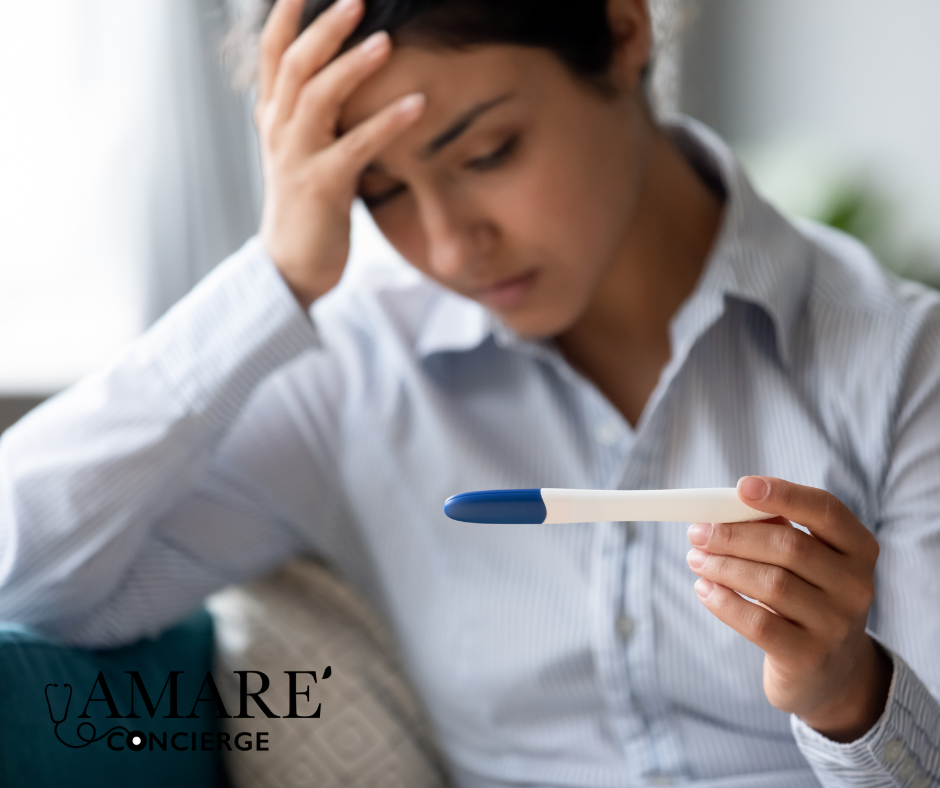Many people have never heard of endometriosis. It is a condition characterized by endometrial, or uterine lining, growth outside of the uterus. It may grow in areas such as around the ovaries, in the pelvic cavity, sometimes even the bowels, or in the bladder. Although very rare, the endometrium can also grow in the lung area.
Endometriosis is fairly common and can afflict women from their first menstrual cycle through menopause. In rarer cases, endometriosis can affect post-menopausal women as well. Currently, there is no cure for endometriosis. It is often difficult to diagnose.
As the condition progresses, the growths develop into “tumors” or “implants.” While the reference to tumors can be unnerving, endometrium growths are not cancerous or malignant. However, the condition can be severely painful, cause heavy menstruation, and can prevent pregnancy in some cases.
Endometriosis symptoms include pain that is localized in the pelvic, abdominal, or lower back areas. The severity of the pain does not directly correlate with the amount of endometriosis present in these areas. One can have a small amount of endometriosis growth and feel severe pain. Conversely, one can have a large area of endometriosis growth and feel no pain.
Women who have pain in these areas might want to consult with their gynecologist. Gynecologists are specially trained to diagnose endometriosis. An MRI or ultrasound should be able to detect endometriosis, but it is not always the best way. A definitive diagnostic procedure is laparoscopy, a surgical procedure that helps physicians visualize the problem. This procedure will determine the location, size, and extent of the condition. Once endometriosis is detected, treatment options are discussed with the gynecologist, which include medication, hormone treatments, and surgery.
If you think you may be suffering from endometriosis, consult your doctor to discuss.





